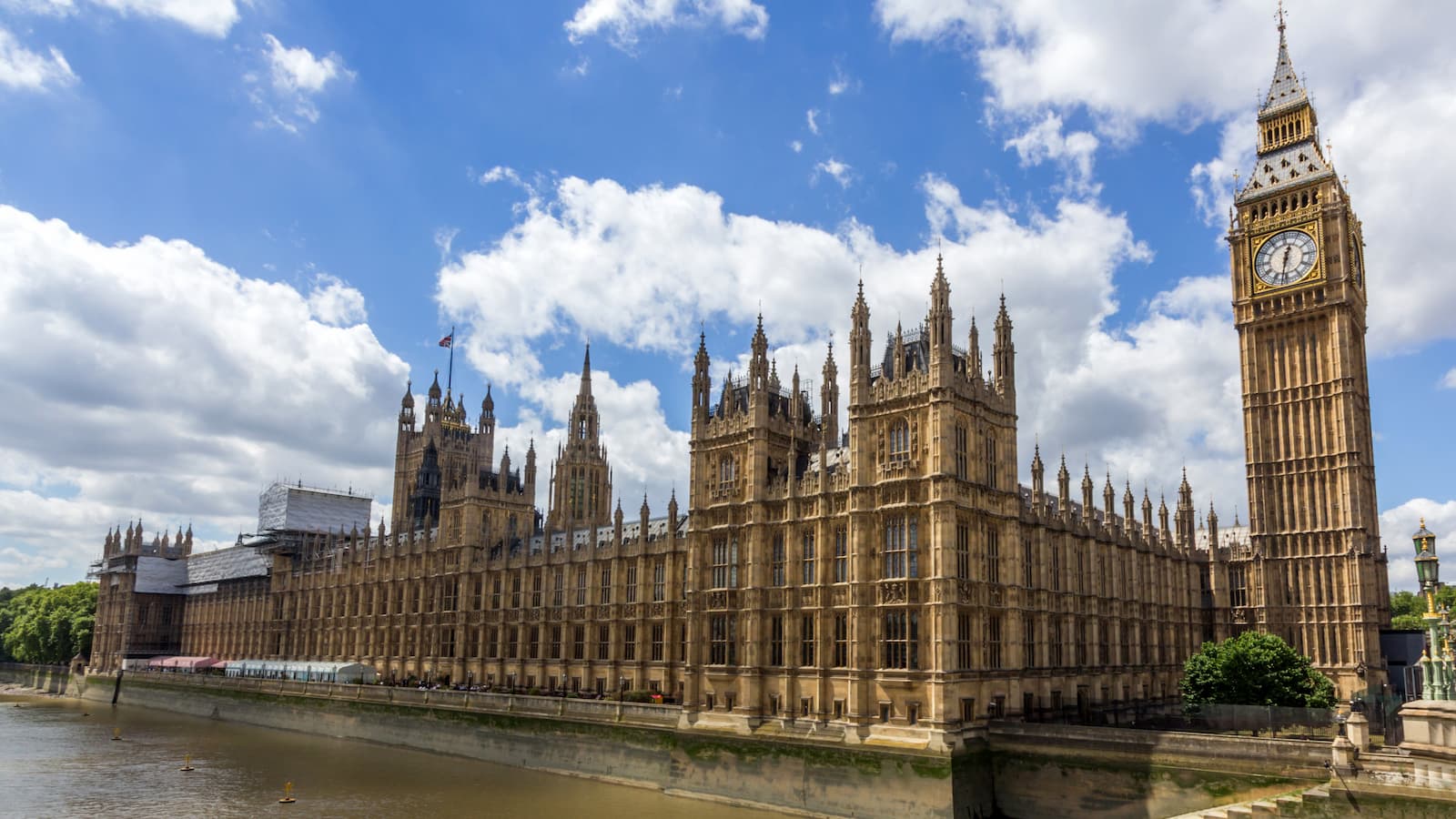House of Lords committee launch inquiry into Government's grey belt proposals
The committee considered how effective the planned grey belt land release would be on homebuilding plans

The House of Lords Built Environment Committee is currently debating the need for and implications of the proposed "Grey Belt" land designation.
As part of its inquiry, the committee is hearing from planning experts to better understand how Grey Belt land could contribute to housing targets and whether its development is necessary.
Key points of debate include the clarity of the Grey Belt definition, how it will affect planning permission and whether it can deliver affordable housing and good-quality developments.
What is the focus of the inquiry?
The new Government aims to build 1.5 million homes within five years, but developers have cautioned that relying solely on brownfield sites will not meet the rising housing demand.
To address this, the Government has proposed revisions to the National Planning Policy Framework (NPPF) and is consulting on a process to release Green Belt land, including a new category called "Grey Belt."
An inquiry will focus on understanding Grey Belt land, its potential contribution to housing targets and what constitutes sustainable development in this area.
Lord Moylan, Chair of the House of Lords Built Environment Committee, said: “Our inquiry will look at how the Government and local authorities might identify Grey Belt areas thought suitable for development and how to ensure new homes are supported by the necessary infrastructure and local amenities."
Get the Homebuilding & Renovating Newsletter
Bring your dream home to life with expert advice, how to guides and design inspiration. Sign up for our newsletter and get two free tickets to a Homebuilding & Renovating Show near you.
Grey belt proposals lack clear definition, claim planning experts
The planned grey belt introduction was criticised by planning experts called to give evidence to the inquiry.
Victoria Hills, chief executive at the Royal Town Planning Institute (RTPI), said the grey belt could result in the courts being "bogged down" in appeals and could result in "homes gaining consent in areas that are not sustainable".
She claimed: "If you are going to look into releasing land there is a fundamental question, which is 'Is it in a sustainable location?' We don't think it (the grey belt) goes far enough in explaining this."
Dr Hugh Ellis, policy director at the Town and Country Planning Association (TCPA), agreed stating: "Our position is that the existing policy that allows the release of green belt land where there is a sustainable development policy argument for that is much better than a grey belt policy, which creates legal confusion, has a potentially marginal impact on housing supply and also has serious questions about whether development will be sustainable."
He questioned the definition of the grey belt stating: "The definition of the grey belt lacks a research or evidence base.
"Green belt has a serious cultural definition in this country, which is 500 years long and a tremendous amount of effort has been put into how it is defined. What we're left with now is a minimalist definition of what a grey belt can do. In terms of grey belt, I suspect that what we have is a political idea being retrofitted into public policy."
"Speaking from a north midlands perspective planning is not the problem" Dr Ellis added, as he says councils are more than welcoming of planning proposals for developers.
"I think the answer to the housing crisis lies in sustaining our green belt and planning strategically beyond them. That has always been the position of the TCPA and I think that is the right kind of framework we need."
Without clearer guidance both Dr Ellis and Ms Hills say no figure could be reached to find out how much land could be released via the grey belt due to the lack of guidance over the definition of grey belt.
Committee consider the Government’s proposed “golden rules” for land release
The committee will further examine the Government's proposed "golden rules" for the sequential test in land release, along with requirements for affordable housing, infrastructure, and enhanced green spaces, to assess how these factors may influence the success of developments in the Grey Belt.
Labour's "golden rules" for land release, introduced by Keir Starmer, set conditions for developing "grey belt" land, focusing on balancing housing needs and environmental protection. The five key principles are:
- Brownfield sites first: Prioritise developing brownfield sites within the green belt before other areas.
- Grey Belt second: Develop neglected or poor-quality green belt land over nature-rich areas.
- Affordable housing: Ensure at least 50% of new developments on released land are affordable homes.
- Public services and infrastructure: Boost local services and infrastructure, including schools, healthcare, and transport, in development plans.
- Protect and improve green spaces: Avoid building on nature-rich areas and improve accessible green spaces, with new woodlands and parks.
The committee invites interested individuals and organisations to submit written evidence by 21 October 2024.

News Editor Joseph has previously written for Today’s Media and Chambers & Partners, focusing on news for conveyancers and industry professionals. Joseph has just started his own self build project, building his own home on his family’s farm with planning permission for a timber frame, three-bedroom house in a one-acre field. The foundation work has already begun and he hopes to have the home built in the next year. Prior to this he renovated his family's home as well as doing several DIY projects, including installing a shower, building sheds, and livestock fences and shelters for the farm’s animals. Outside of homebuilding, Joseph loves rugby and has written for Rugby World, the world’s largest rugby magazine.
